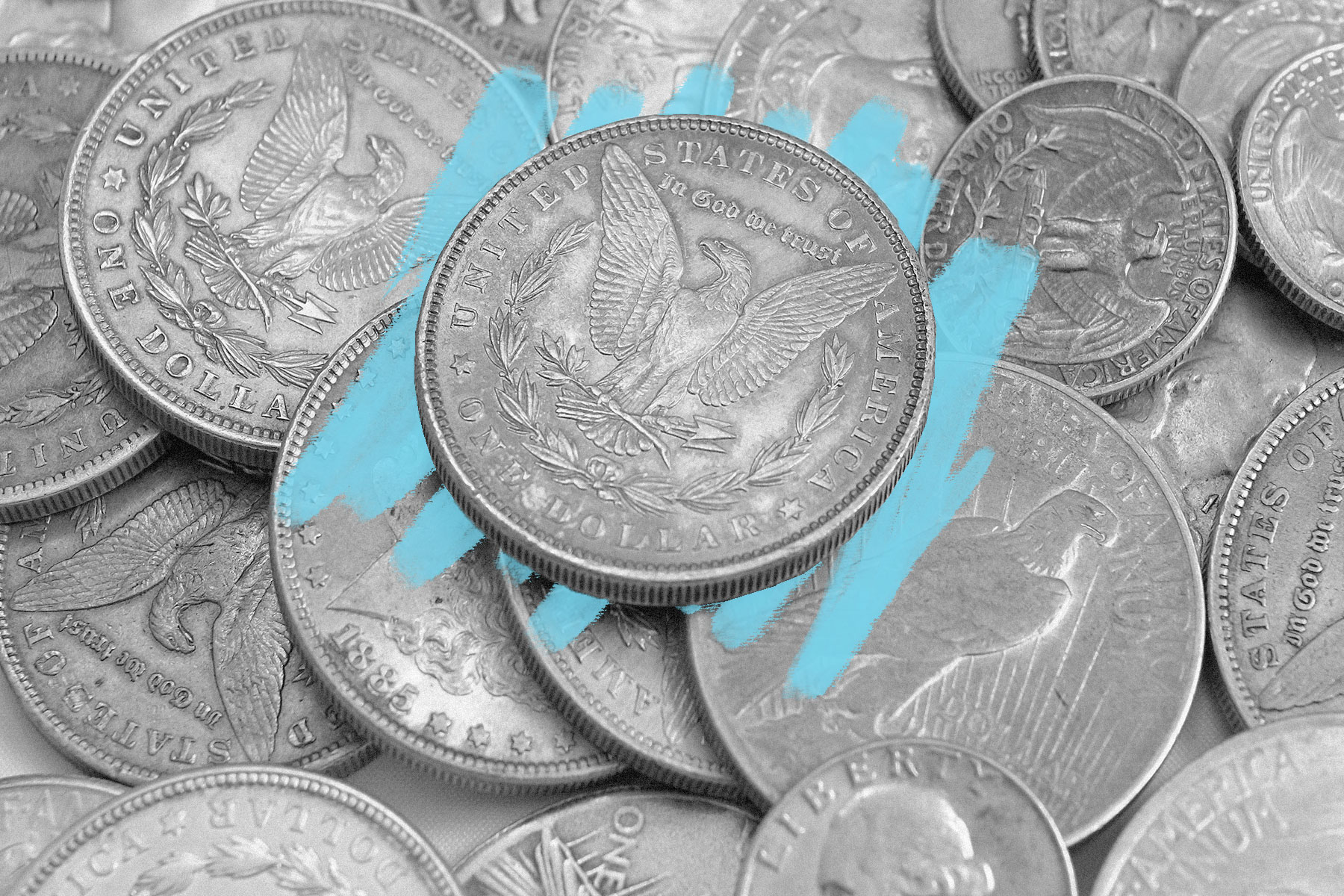The eagle once depicted on U.S. coins was a real eagle named Peter.
Not unlike Leo the Lion, who roars at the beginning of many a movie produced by MGM, the eagle seen on early U.S. coins was a real creature with a surprisingly common name: Peter. In a rather patriotic confluence of events, none other than an eagle took residence at the U.S. Mint in the 1830s — roughly 50 years after the bald eagle was added to the national seal. The noble raptor would reportedly while away his days at the mint before being shooed away after working hours. As he and his human colleagues would eventually find out, however, industrial workplaces are no place for birds. Peter was mortally injured after his wing was caught in a coining press in 1836, and died a few days later despite workers’ best efforts to save him.
But his story does not end there. Peter’s friends and colleagues were not ready to say goodbye to him, as he’d become both a companion and mascot, so they hired a taxidermist and placed his stuffed remains on display in the building’s entrance; he still inhabits the current Philadelphia Mint. Historians believe the eagle featured on the silver dollar issued from 1836 to 1839 was based on the “magnificent specimen” that was Peter, as was the Flying Eagle one-cent piece issued in 1857 and 1858 — a fitting tribute to a bird who clearly inspired many.







